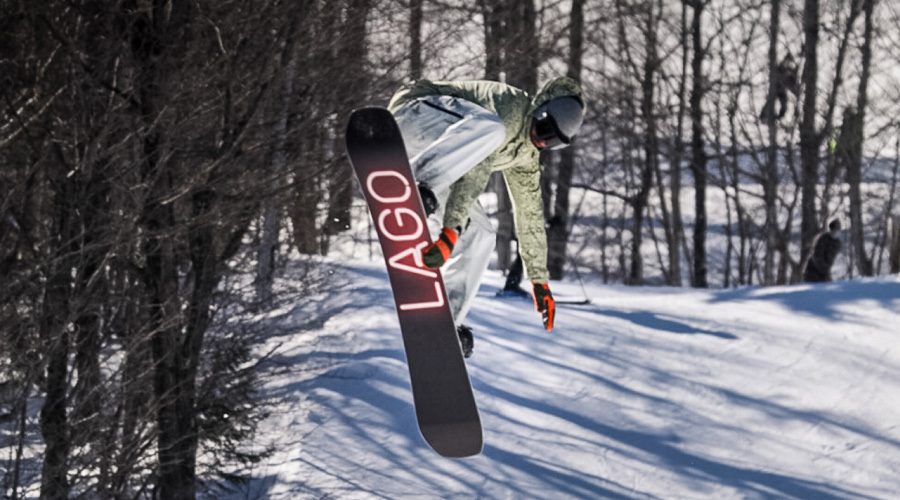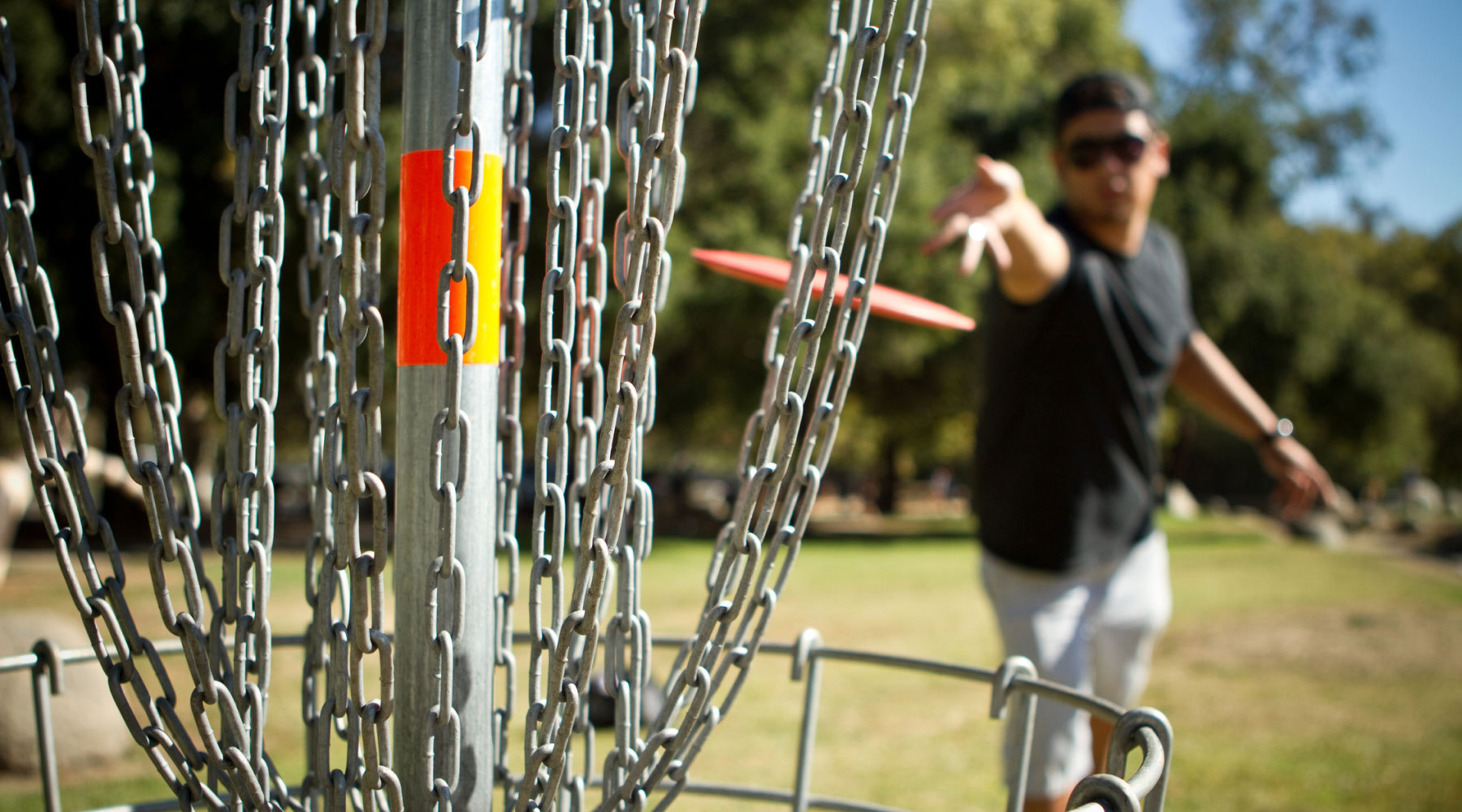
As the last leaves make their way from the trees down to the ground, right behind them will come the snow. And with that, winter is here. With frigid temperatures, ice, and snow abound, there’s no shortage of emotions as it pertains to the challenges associated with the colder winter months and injuries that stem from slips and falls. And that’s just normal everyday activity. Winter injuries are common, and if you’re in need of care, we’re here to help guide you through with our team of compassionate caregivers, therapists, and orthopedic surgeons.
All that said, what we’re here to talk about today is winter sports and injury prevention to help mitigate detrimental sprains, strains, bruises, and breaks.
First, let’s outline some common winter sports that student-athletes everywhere are gearing up to participate in, and that parents are bracing themselves for—eager to cheer on their athlete, but awaiting the final buzzer to sound as soon as the opening call commences.
Winter school sports include:
- Basketball
- Skiing
- Snowboarding
- Skating
- Hockey
There are more, of course, but these are the primary ones that we see young athletes suffer injuries from during the winter sports season.
Ways to prevent winter sports injury this season
The long and short of it is, injuries happen. But you can minimize your chances of getting hurt, and maximize participation time by considering the following as general rules of thumb.
Utilize proper equipment
It seems silly, but it bears repeating, that without proper equipment you’re doing yourself a disservice. An athlete can have all the talent in the world, but ill-fitting equipment will work against an athlete’s potential, and could wind up playing a factor in experiencing injury.
If you’re a basketball player, mouthguards, and shoes that are properly fit and offer ankle support to avoid injuries to your feet and knees are a must. Poorly fitting shoes can lead to unnecessary strain on your ankles, legs, and knees due to the quick nature of the sport and the sporadic stops, starts, and cuts while navigating the flow of the game. If you’ve dealt with issues in the past, you may also want to consider braces for your ankles or knees.
Skiing or snowboarding? Helmets, pads, goggles, warm clothing, and boots that fit properly will be your best friend. Have a professional help you size and fit them to avoid long-lasting injuries to your ankles, knees, and other parts of the body. Along with these items, be sure your skis are sized to your specific body size and type. Height and weight play a major factor in the size of your skis or board and, further, the bindings you’ve employed to keep everything in place. Bindings that aren’t set up correctly can cause unnecessary twists, sprains, and breaks if your boots aren’t engaged properly and something goes awry on the slopes. Dress for the weather and environment. Wear warm gloves and socks to prevent cold-weather injuries like frostbite. Take frequent breaks to warm up on cold weather days.
Whether you’re speed skating or figure skating, you’ll again want to ensure that your skates are sized and fit to match your body type. And further, you’ll need to keep up on making sure that your skates are sharp. Dull skates, or blades that have become corroded or are beginning to rust is cause for inefficient skating motion. If the blade of your skate isn’t digging into the ice properly you’re compromising your performance, and setting yourself up for potential trips and falls, which can cause injury to your knees, arms, wrists, shoulders, or head.
Hockey takes a bit from all of the above. Proper skates, padding, and guards are non-negotiables. You’ll also want to be sure that you’re using a stick that is properly sized for your height so you’re not putting too much extraneous strain on your skeletal and muscular system. It’s much easier to suffer an injury in hockey compared to many of these other sports due to the physical nature of the sport. If you’re feeling discomfort from a hit or fall, don’t ignore it. Get it checked out to ensure that everything is as it should be and that the only remedy you’ll need is proper icing/heating techniques and rest.
Stretching
This may seem obvious, but, as a parent or coach, it’s important to remind student-athletes about the importance of stretching, especially during colder months. One of the surefire ways of getting hurt is by inadequately stretching. We realize not all these sports are subject to the colder elements, but, our bodies are nevertheless going from hot to cold and back again as we navigate our day-to-day lives during the winter season which can expand and contract our muscles. Thus, when participating in physical activity it’s imperative to stretch and get those muscles ready for what’s about to happen. Warming up and stretching is a far better way to get primed and ready than jumping right in and going full force. Your body will thank you later.
Stay alert
There’s a lot going on within all of these sports. On the basketball court, in the ice arena, or out on the slopes, there are variables at play that you need to keep in your peripherals to ensure your own physical health and safety, but that of others as well. From teammates, to those in the crowd, and, if you’re outside, the elements swirling around, and the terrain, which can pose challenges to whatever you’re looking to accomplish. Heck, all this is true when simply walking out your front door in the morning! Staying alert and being aware of your surroundings is key to preventing injury. Sometimes it’s unavoidable, but we could all be a little better about paying attention to potentially compromising situations.
Know when to rest
If you do get hurt, don’t rush to get right back in the game. Take the time to heal, and listen to your body. It will let you know when it’s time to take it easy. It’s your job to take that initiative seriously. Getting right back onto the court after turning an ankle, tweaking a knee due to an awkward pivot, or falling hard on a shoulder can potentially lead to further injuring your compromised situation. Sure, you want to get out there and help your teammates out, but you’re not going to be helping much at all if you’re lost for an extended period of time due to rushing things. Know when to rest, and when it’s time to take it easy, take that time seriously. It’s important for your body and overall physical health, and further, to help prevent a more serious injury. Don’t forget to protect your brain. If you fall or get hit and think you may have a head injury, take yourself out of the game or race. Symptoms like headache, dizziness, fogginess, and others may mean you have a concussion.
Access Sports Medicine is here to help
If you’ve been injured, or are hurt and unsure of the extent of your injury, come visit Access today. We’re here to get you back in the game, and can help teach you proper stretching and healing techniques to keep you in the game and ready for what’s next!


